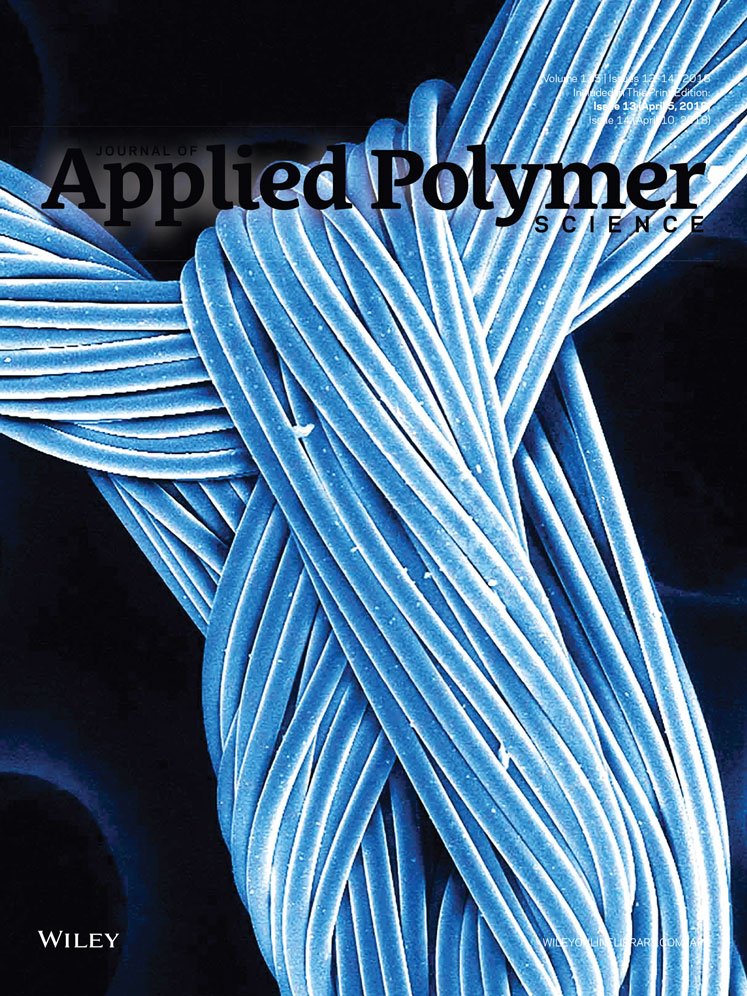Properties of natural rubber filled with untreated and treated spent coffee grounds
ABSTRACT
This work studied the properties of spent coffee ground (SCG) filled natural rubber (NR). The SCG was initially characterized by various techniques, prior to being added into rubber. Results revealed that SCG had relatively large particle size with very low specific surface area. It is mainly composed of organic compounds (such as protein, fatty acid, cellulose, hemicellulose, and lignin) with small quantity of inorganic substances (oxides of potassium, silicon, magnesium, calcium, and phosphorous). The incorporation of SCG in NR gave relatively low reinforcement and tended to retard vulcanization due to the presence of hydroxyl groups on the SCG surface. In addition to untreated SCG, reinforcement of SCG treated by liquid epoxidized natural rubber (LENR) and bis-(3-triethoxysilylpropyl) tetrasulfide (TESPT) was investigated. Improvement of rubber properties was observed when SCG surface was treated. Overall, TESPT-treated SCG gave the rubber with the highest mechanical properties, followed by LENR-treated SCG and untreated SCG, respectively. © 2017 Wiley Periodicals, Inc. J. Appl. Polym. Sci. 2018, 135, 46060.




